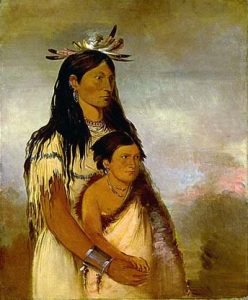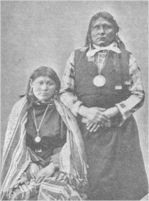Kumbatuash Tribe
Kumbatuash Indians. The native name of the inhabitants of Kumbat, a rocky tract of land southwest of Tule or Rhett Lake, California, extending from the lake shore to the Lava beds. These people are a mixture of Klamath Lake and Modoc Indians, and are said to have separated from these after 1830. Alternate Spellings Cum-ba-twas – Meacham, Wigwam and Warpath, 577, 1875. Gumbatkni – Gatschet in Cont. N. A. Ethnol., II, pt. II, 160 1890. Kumbatkni – Ibid. Kumbatuash – Ibid. Kumbatuashkni – Ibid. Kum-batwash – Ibid., pt. I, XXXIV, 1890. Hock Indians – Meacham, op. cit., 010.


